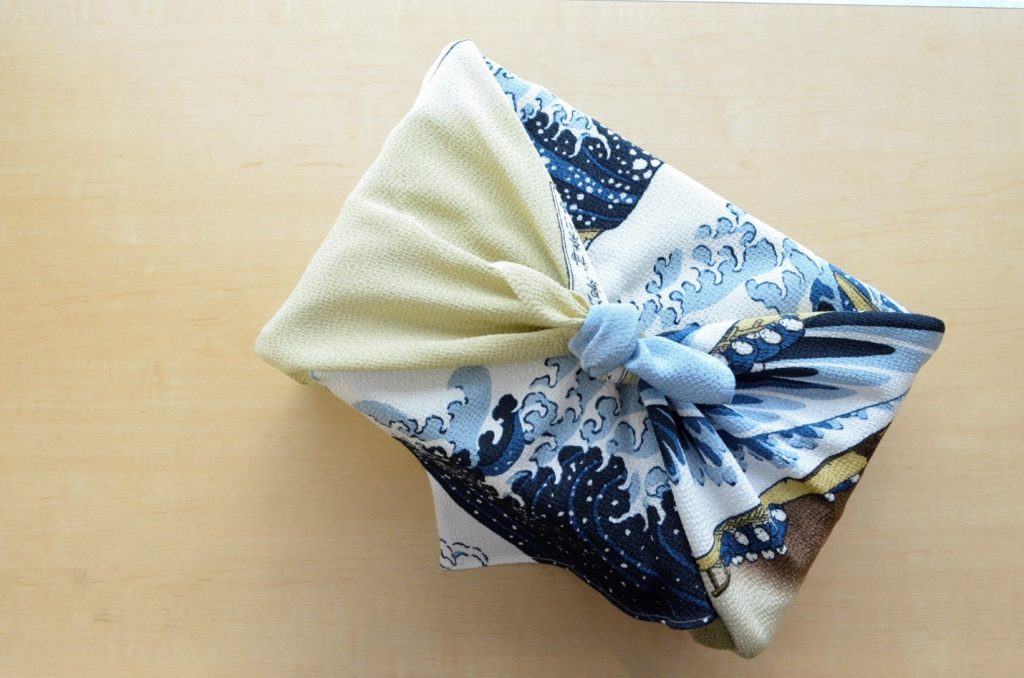
- ARAB NEWS
- 05 Jul 2025

Nader Sammouri
OSAKA: When browsing for products, the packaging is the first thing we witness. Shopping might seem particularly alluring because of the bedazzling packaging that comes along with it.
In Japan, people do not solely look at the product itself but relish the custom of receiving a present and the anticipation of unfolding a well-thought-of package, which exposes the expressive intent towards considering the feeling of the receiver.
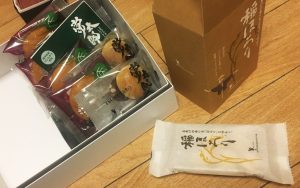
Japanese tradition is to go to great lengths to design clever and particular packaging from convenience store rice balls and sandwiches to eco-friendly boxes, all leading to pleasant buyer experiences.
“Careful packaging in Japan comes from the spirit of taking good care of things. Thus wrapping things is like wrapping forms of life. There is a cherishing nature in Japan’s history that came from Shinto’s notion of spirits dwelling in everything (すべてのものには神が宿るという、神道の概念). I think this belief led us to treat things sensitively. Sometimes that requires extra use of plastic materials which may be wasteful from an SDG point of view. However, in the age of COVID, it could be seen as extra layers of hygienic protection, especially for food,” said Rie Ayame, who has been working at Kyoto handicraft center for numerous years.
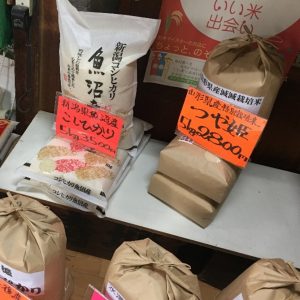
One packaging art, which is worthy of exploration due to its 1000-year history is furoshiki (風呂敷), the Japanese craft of wrapping with a single square of fabric, an honored art that existed long before sustainable re-use was in fashion. A simple piece of cloth with the right application of knots enables boundless ways to package various items such as groceries, books, cushions, boxes, and other containers.
“There are many ways to fold and wrap a piece of cloth. A well-selected piece of cloth can be wrapped in several ways and can include a pair of handles, making it a furoshiki bag that carries exclusive items. The furoshiki bag in specific is getting more popular. Bottle wrappings also look very fashionable from my experience with furoshiki. One or even two bottles can be enveloped together while forming a grip. I find the art of doing that amazing. Wrapping gifts in such a way can leave an enormous impression on the receiver,” Ayame said.
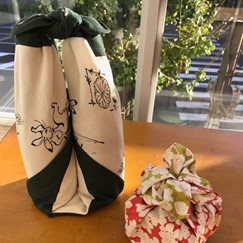
Witnessing someone carrying a furoshiki wrapping on the street is such a pleasant sight that signals the emotional value placed in the wrapped item.
“Revealing the versatility of furoshiki in front of our customers and the options that one piece of cloth can make leaves them startled. Their impressions never fail to put a smile on my face,” Ayame said.
Japan has had a culture of wrapping and enfolding for a long time. The name furoshiki resulted from the combined meaning of “Furo” meaning bath, and the word “Shiki” meaning “to spread.”
“Shiki came from the act of laying cloth under our feet before and after going to bathe,” Ayame said.
The Japanese have a custom of giving gifts twice a year to people they are thankful for, “Ochugen (お中元),” a summer gift-giving tradition, around July, and “Oseibo (お歳暮),” a winter gift-giving tradition, around December.
“On formal occasions, it is a custom to wrap the gift in a furoshiki then open it in front of the person we are giving it to,” Ayame said.
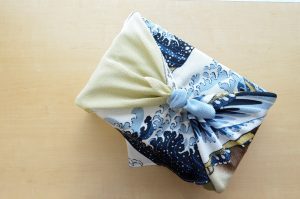
“The beauty of movement is significant in Japanese culture, and the actions partaken when someone is involved in any of the Japanese arts like during a tea ceremony or a Japanese dance are essential. Similarly, we try to apply furoshiki with care and grace and give emphasis to the beauty of our hand movements when wrapping or unwrapping an item,” Ayame said.
Furoshiki cloth is usually made of cotton, nylon, polyester, silk, or rayon and comes in colors that convey different meanings. Reds and yellows (warm feel) are for happy events, blues (cool feel) are for sad events, while purple, a noble color, can be used on both occasions, and the same goes for green.
“In Japan, the term ‘Kacho-fu-getsu’ emphasizes the natural beauty in Japanese art and its elements (flowers, birds, winds, and moon). Various cloth patterns are inspired by nature and express different moods. We also use foreign patterns including arabesque which is a popular textile in Japan and Damascene traditional handicrafts in sword guards, which come from Damascus in Syria. We have actually called this line of products Kyoto Damascene,” Ayame said.
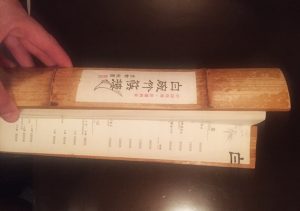
Orikata (折り方) or the way of folding shapes that is universally known as Origami (折り紙), is the art of folding paper, with “Ori” meaning folding and “kami” meaning paper. Similar to furoshiki, one flat sheet of paper can be very versatile if well-managed, and can be used to form numerous shapes. With no cuts, markings, or glue, the secret of Origami lies in the fold.
This art extended to wrapping presents to produce astounding elegant packages with only one small piece of tape at its end.
Japan has nurtured and refined an undeniably distinctive wrapping culture. If we look closely, the Japanese have overall developed a culture of multi-functionality in different aspects of their life, substituting, for instance, a house with a single multi-functioning room, kitchen utensils with chopsticks, and a lone piece of paper or cloth with ultimate sculptures.